Eastern European Cooking
Eastern European cooking involves some of the following countries: Belarus, Serbia, Bulgaria, Czech Republic, Hungary, Moldova, Poland, Romania, Slovakia, Slovenia, Estonia, Latvia, Lithuania and Ukraine.
Many of these countries are covered with rows of beautiful sunflowers in the summertime, ancient architecture, world history and beautiful mountains.
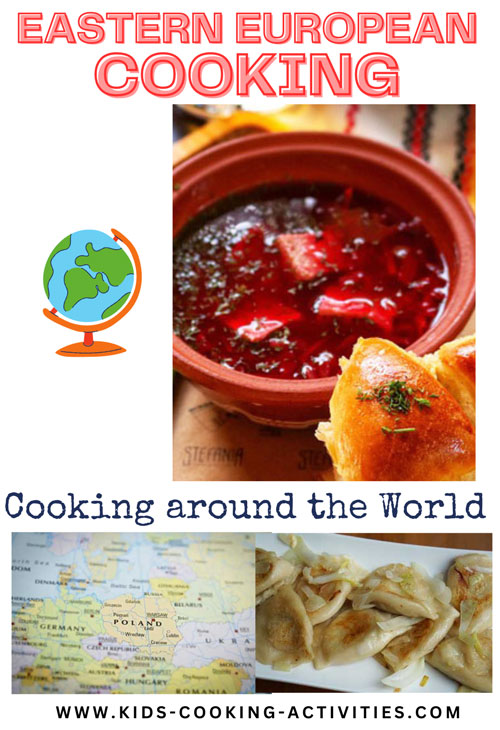
In the summertime you'll find fruit and vegetables are plentiful, cheap and deliciously fresh. Eastern European cooking uses a lot of cabbage, potatoes, onions and carrots. They are cheap and can be stored through the winter.
Get all of our International Cooking Section plus more in one ebook, free of ads and easier to use in cooking activities. Included in the ebook:
- 20+ countries information and recipes
- Dinner menu invitations to print off to create your own international night
- International quizzes
- World maps
- Geography activities
Facts about Eastern Europe
- Bulgaria is a leading producer of rose oil
- Sunflower oil is highly produced thanks to the fields of sunflowers
- Fresh fruits and vegetables are plentiful and cheap in the summertime thanks to local farmers

Learn a Little Language
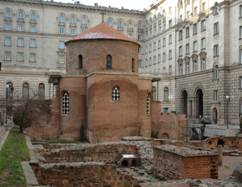
- Dobir dehn- Good Afternoon
- La revedereh -Goodbye in Romanian
- Da-Yes
Eastern European Cooking -International Recipes
Borscht
This is a common Eastern European cooking recipe and takes a little preparation.- Pork roast cooked and shredded or cubed
- 3 Carrots, diced
- 5 Potatoes, diced
- 2 Beets, peeled and shredded
- Green cabbage - ½ head, shredded
- Onion, chopped
- 1-2 Cups Tomato juice
- 2 chicken Bouillon cubes
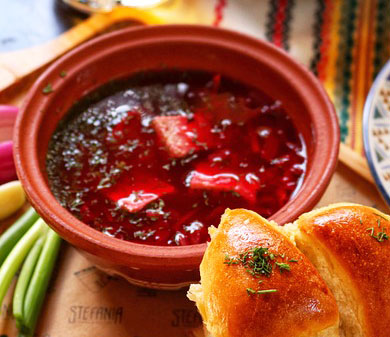
Cabbage Rolls
- large head of cabbage, cored
- 1 medium onion, quartered
- 2 big carrots, cut in chunks
- 1 lb lean beef, ground, not cooked
- 1-2 cup white rice or brown rice, cooked
- 2 bay leaves
- 2 (8 ounce) cans tomato sauce
- tomato juice
- sour cream, topping if desired
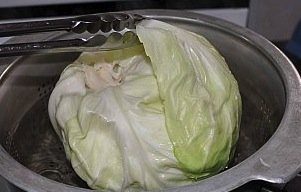
In blender or food processor, puree carrots, 1 onion, 1/2 cup cabbage and 1/2 cup tomato sauce. Pour into a mixing bowl and add 2 lbs. hamburger, uncooked. Add in 1-2 cups cooked rice.
Combine all together. Place meat mixture on a cabbage leaf and roll up.
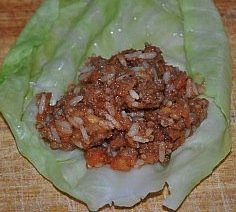
Place each cabbage roll in casserole dish.
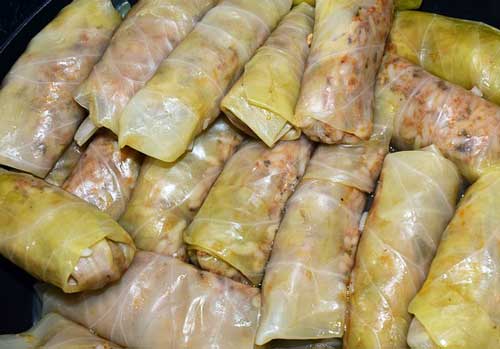
Add bay leaf and tomato juice or more tomato sauce. Cover with extra cabbage leaves. Cook 350 degrees covered with tin foil and bake about 1 hour. Top with sour cream, if desired.
 You
can
use this same meat and rice mixture to stuff zucchini or peppers.
You
can
use this same meat and rice mixture to stuff zucchini or peppers.
Eastern European Cooking Video: Vareniki
Moussaka
A popular Eastern European cooking recipe in Bulgaria.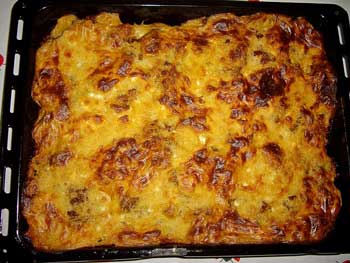
- 1 lb. Ground beef or ground pork
- One onion, finely chopped
- 2 lbs. Potatoes, peeled and finely chopped
- 2 tomatoes, finely chopped
- 2 Tablespoons parsley
- Salt and pepper to taste 3 eggs
- 1 Cup plain yogurt
- 2 Tablespoons flour
In a skillet ground beef and onion together until beef is no longer pink. Drain meat and add chopped potatoes, chopped tomatoes and parsley. Salt and pepper to taste. Bake 1 hour at 350 degrees. In bowl, blend eggs, plain yogurt, and flour together. Pour over potato mixture. Bake for 10 minutes longer.
Hungarian Goulash
Ingredients- 2 pounds beef steaks, cut in cubes
- 1 onion, chopped
- 1 clove garlic, minced
- 2 tablespoons flour
- 1 teaspoon salt
- 1 teaspoon pepper
- 1 teaspoon paprika
- 1 teaspoon thyme, dried
- 1 bay leaf
- 1 can chopped tomatoes
- 1 cup sour cream
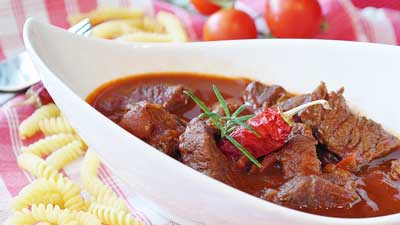
Easy Chicken Paprika
- 4 chicken breasts, cut in cubes
- Diced onions
- 3 Tablespoons oil
- 2 Cups chicken broth or stock
- 1 Tablespoon paprika
- 1 Cup sour cream
- 4 Cups cooked noodles
Pierogi
This is typically a Polish dish but you often find Pierogi in Russia and throughout Eastern European cooking. You can create these with whatever filling you choose. Try cooked ground beef or pork, cheese and potatoes, cabbage or fruit fillings. They are similar to a stuffed dumpling.- 3 cups all-purpose flour
- 2 eggs
- 1 cup sour cream
- 1/2 teaspoon salt
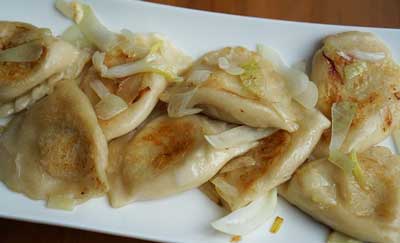
Filling for Potato Cheese pierogi
- 1/2 cup mashed potatoes
- 1 cup cottage cheese
- 1 onion, minced
- 1 egg yolk, beaten
- 1 teaspoon sugar
- 1/4 teaspoon salt
To assemble pierogi place a spoonful of filling on each circle dough and moisten ends with water. Seal together by pressing with your finger or using the back of a fork. To cook, Bring a large pot of water to boil. Add salt to water. Add pierogis and cook about 5 minutes. (they will float to the top of the pot). You can fry these with chopped ham and butter. Or serve this Eastern European cooking recipe with sour cream or drizzle with melted butter.
Russian Easter Bread
Try a traditional Eastern European Easter Bread recipe.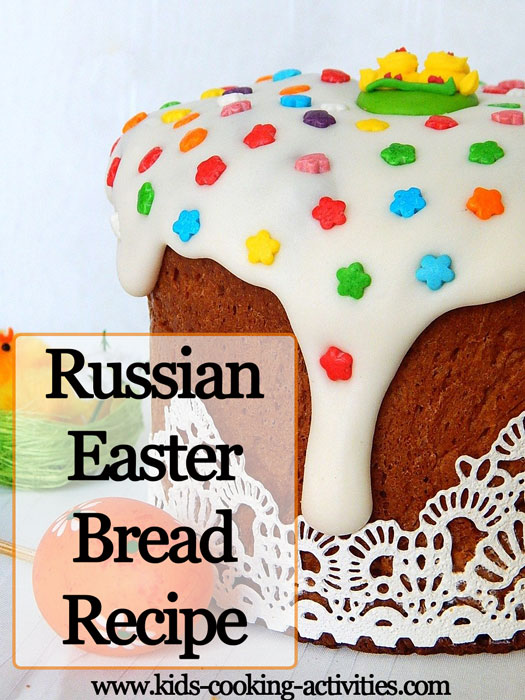
Mamaliga
This is a Romanian dish also seen in other Eastern European cooking. This is also known as polenta and resembles a cornmeal mush.- 1 1/4 cups cornmeal
- 1 3/4 teaspoons salt
- 5 1/2 cups cold water
- 1/4 cup-1/2 cup butter, according to taste
- 1 Cup sour cream
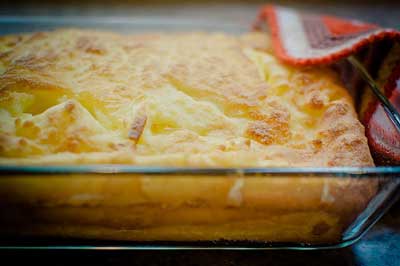
Cooking Around the World Studies
Do you have an International Recipe or World Studies Fact?
Do you have an International recipe or know a lot about a country we could add to our world studies section? You can create your own page.
Related Cooking around World Pages: ~International Cooking for Kids, ~American, ~Asian, ~British, ~Eastern Europe, ~French, ~Greece, ~India, ~Irish, ~Italy, ~Mexico, ~Middle East, ~South Africa, ~Southern USA ~World Studies Unit
Follow Kids Cooking Activities






